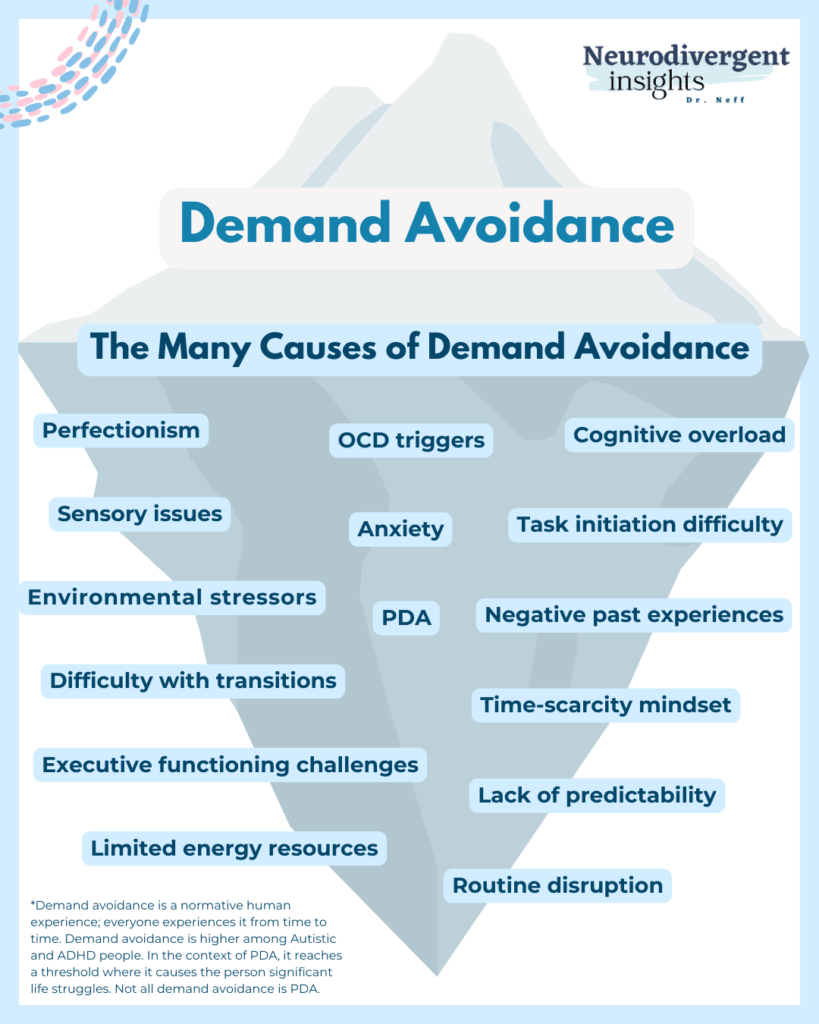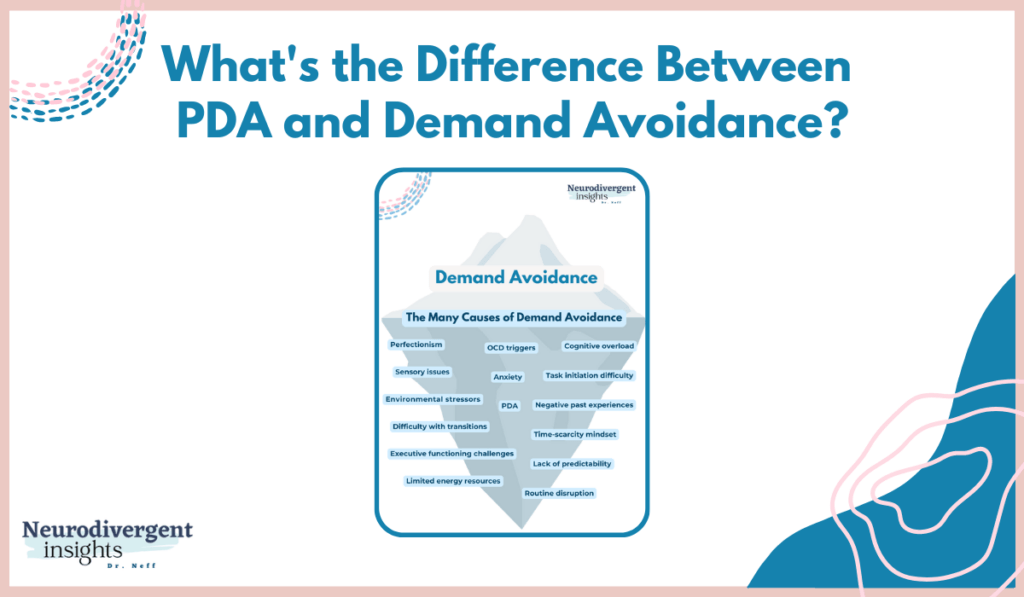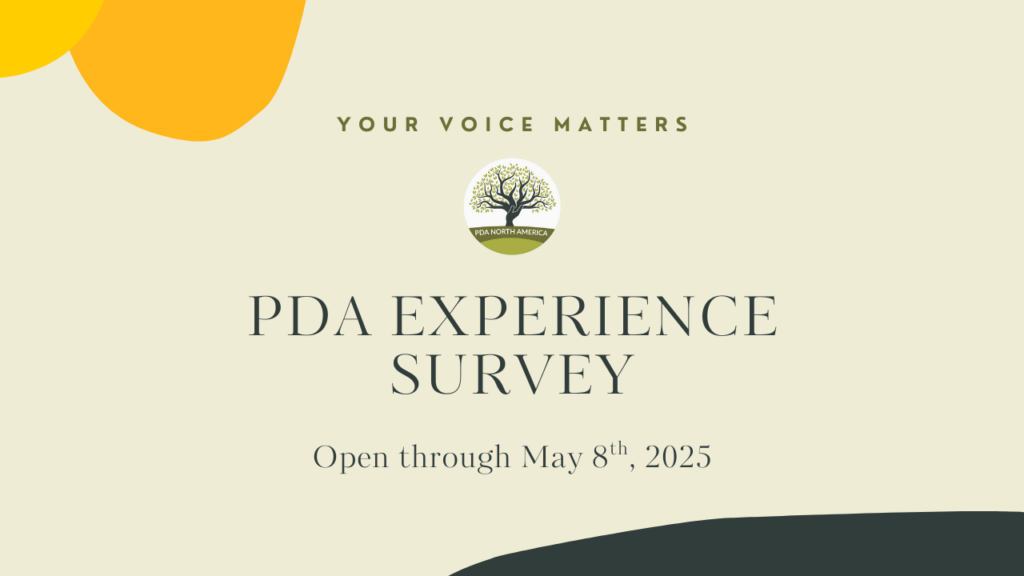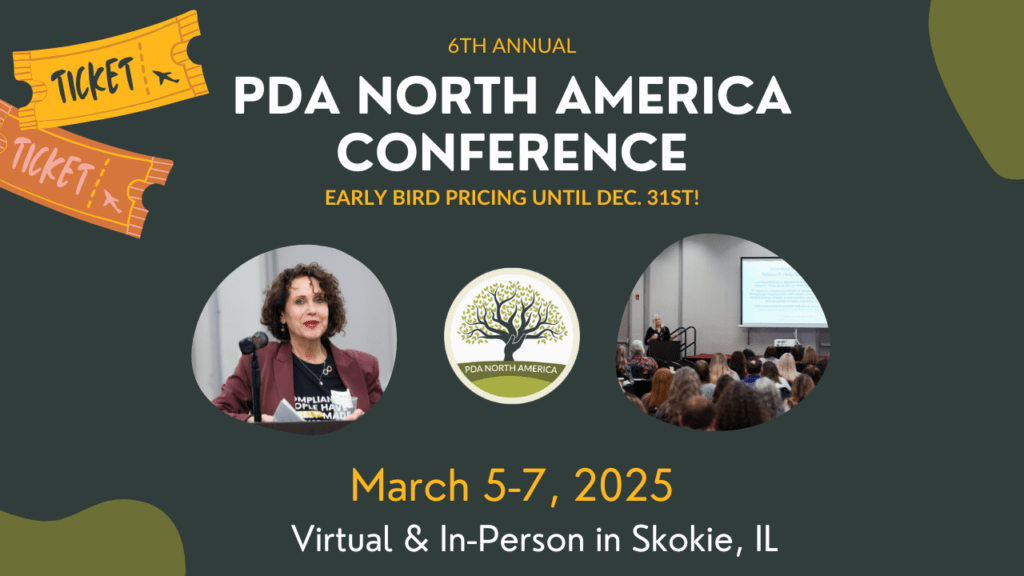I know a thing or two about demand avoidance! My inclination to sidestep demands manifests in many subtle ways. For instance, I dislike making plans with others—whether it’s scheduling a coffee outing, a walk, or even a brief phone call. I much prefer spontaneous socializing. Once I commit to meeting someone, what was once a simple arrangement transforms into a demand, burdening me with a sense of obligation (even if it is someone I enjoy and genuinely want to see!). My demand avoidance contributes to my hesitancy to embrace new commitments. The thrill of starting a novel project can quickly morph into a demand, dampening the initial excitement.
Demand avoidance is a sneaky thing that can wreak havoc in our lives. This holds especially true for people with Pathological Demand Avoidance* (PDA), wherein demand avoidance escalates to a level that many would label as “pathological” (although the term isn’t my preference; more on language in a minute). In such cases, demand avoidance leads to significant distress, casting a shadow over daily life — making the simplest of tasks difficult to accomplish. While demand avoidance is most closely associated with PDA, this blog post aims to transcend the boundaries of PDA and delve into demand avoidance on a broader scale. More precisely, it explores the nuanced distinction between normative or neurodivergent demand avoidance and PDA-related demand avoidance.
I have observed an emerging trend on social media and other platforms — the conflation of demand avoidance with PDA. It’s becoming increasingly common to assume that if an individual, be it an adult or a child, exhibits demand avoidance, they inherently fall under the PDA umbrella. While this assumption might hold true in some instances, it’s important to recognize that demand avoidance can arise due to a range of factors beyond PDA. So, while it’s wise to consider PDA when encountering persistent struggles with commonplace demands, exercising caution in labeling every instance of demand avoidance as PDA is equally essential.
Click here to read the whole article!








